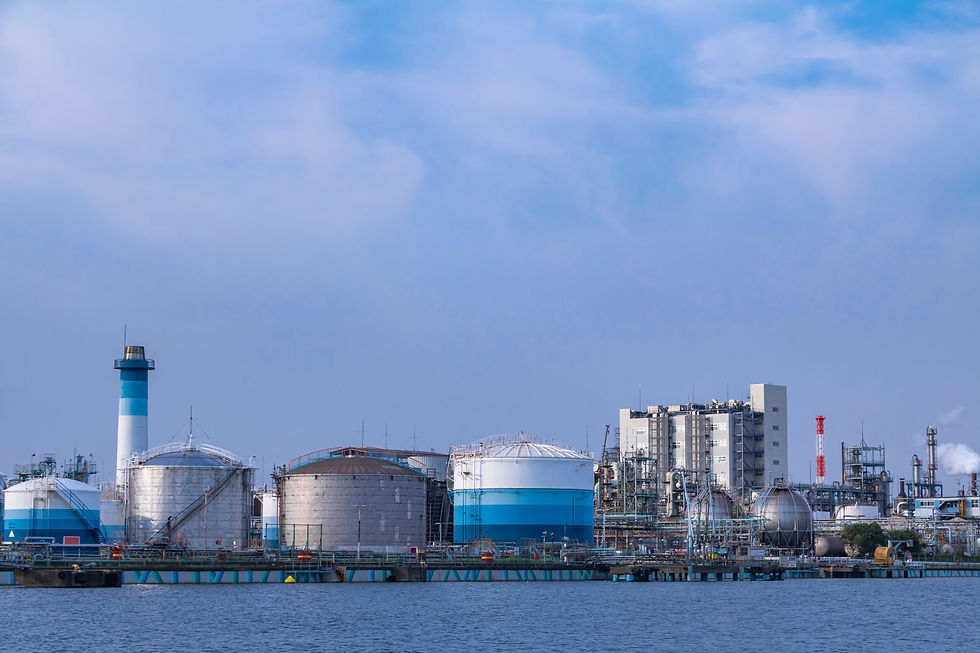Study Analyzes Relationship between Wastewater Well Sites and Socioeconomics
- CEPM Staff
- Oct 2, 2020
- 2 min read

Are oil and gas companies targeting lower socioeconomic areas for wastewater injection wellsite locations? A study from 2018 explored possible connections between the two.
Injection wells are used for wastewater disposal as part of the unconventional natural gas drilling process. An unconventional, or “frack” well, is a heavily water-dependent system, using millions of gallons of water throughout the lifespan of the well. The wastewater produced is rife with chemical and contaminants, and is often times radioactive in nature. As a result, this water must be disposed of in a manner in which not to negatively disturb the environment or human life. The lack of wastewater treatment processes leaves injection wells as the best option for disposal. The wastewater is injected deep underground where it is eventually absorbed by the earth.
The study, published in the academic journal Environmental Health Perspectives used block group census data and injection well site data from Ohio to examine multiple demographic qualities of the areas in which these injection wells are located. Block groups are segmented areas designated by the census, which allows for regional analysis to be conducted. They are typically areas with populations between 600 and 3,000 people. First, they found the location of every wastewater injection well in Ohio and compared that to the census’ block group designations. From that, they compared demographic information such as age, median income, level of education, and race for blocks with and without an injection well.
Their analysis yielded many results. Researchers found that there is a connection between injection well placement and lower median incomes. Data found a 16 percent lower median income of those living in block groups that housed injection wells. With this data alone, it may seem that natural gas companies are targeting lower socioeconomic areas. However, additional data paints a different picture. Their results also indicate that the blocks containing injection wells were much less densely populated than blocks without injection sites. On average, blocks with injection sites were home to 71 people compared to 2,210 people in non-site blocks.
The additional data could explain the correlation between income levels and injection well placement. Injection wells are typically placed in low population areas, mandated by setback and zoning laws. Setbacks are laws that require certain activities, such as natural gas development, to occur outside of a specified perimeter. These laws are applied to cities, suburban, and rural areas as needed. As rural areas generally have smaller populations and larger areas of open, unused land, natural gas companies utilize them to keep legal compliance. With this understanding, while data may indicate socioeconomic reasoning for the location of injection wells, it is more likely that the amount of usable land without setbacks could be the driver for wellsite placement.



Comments